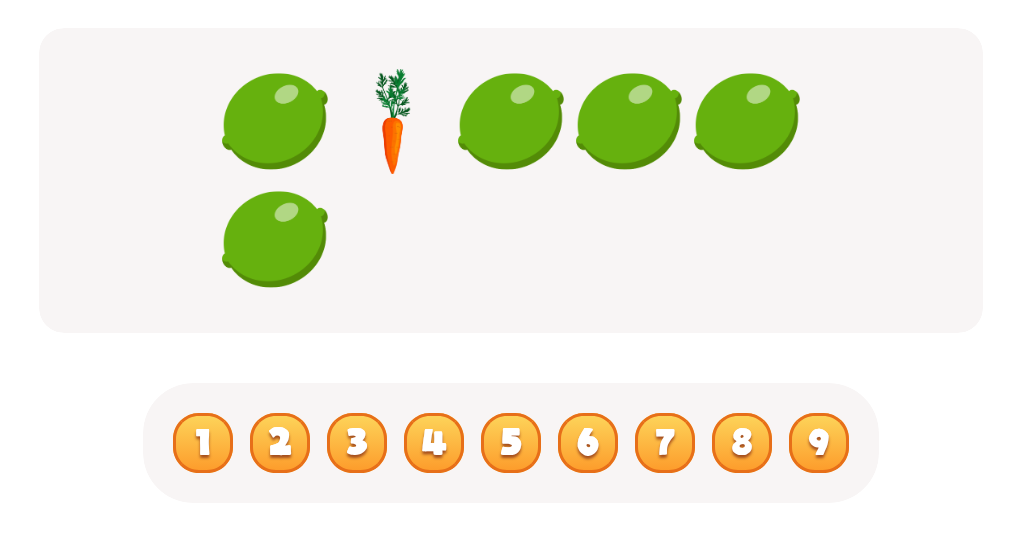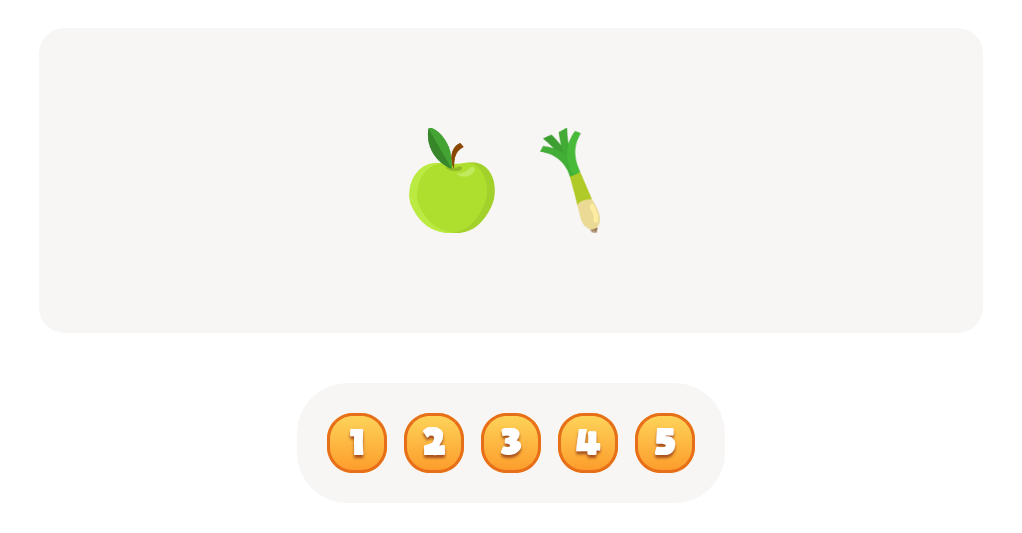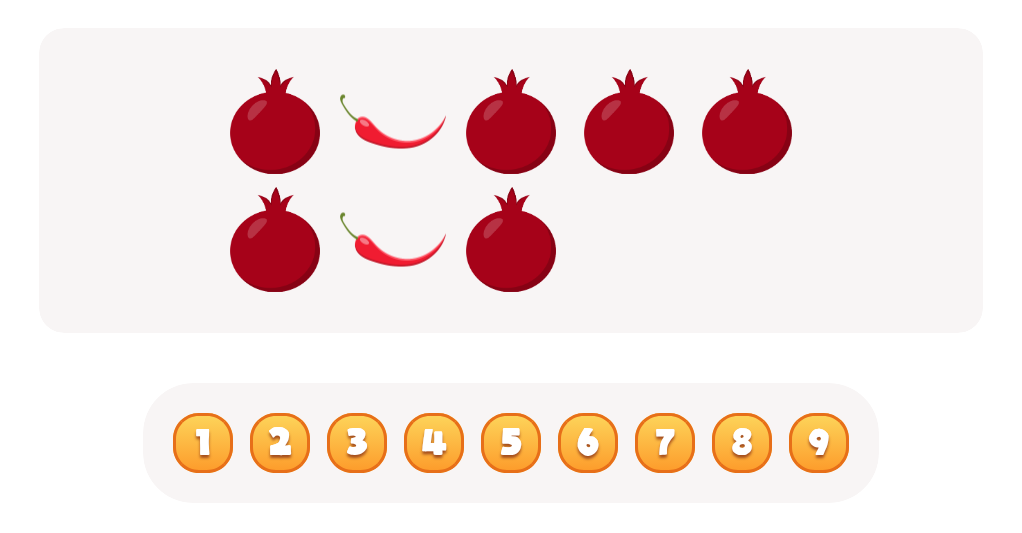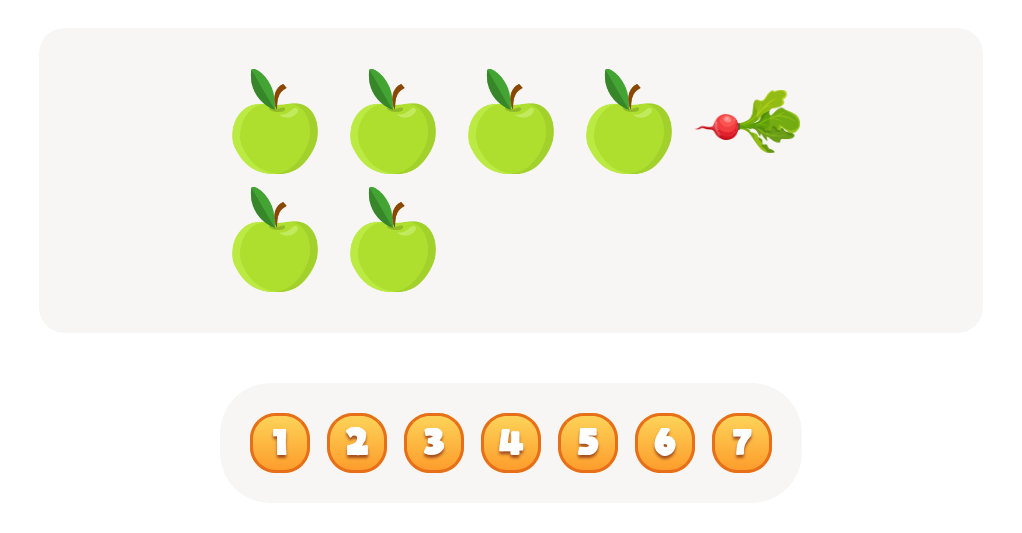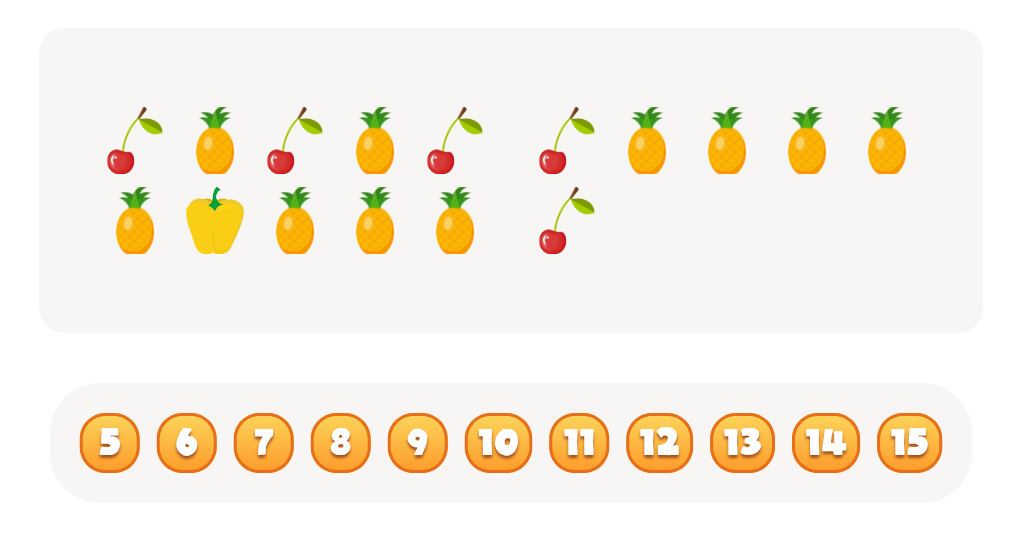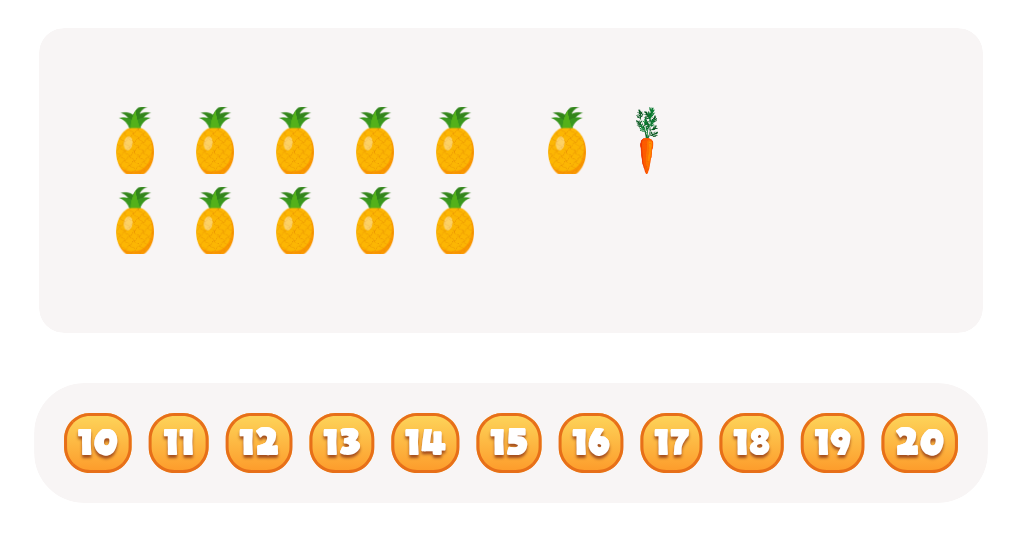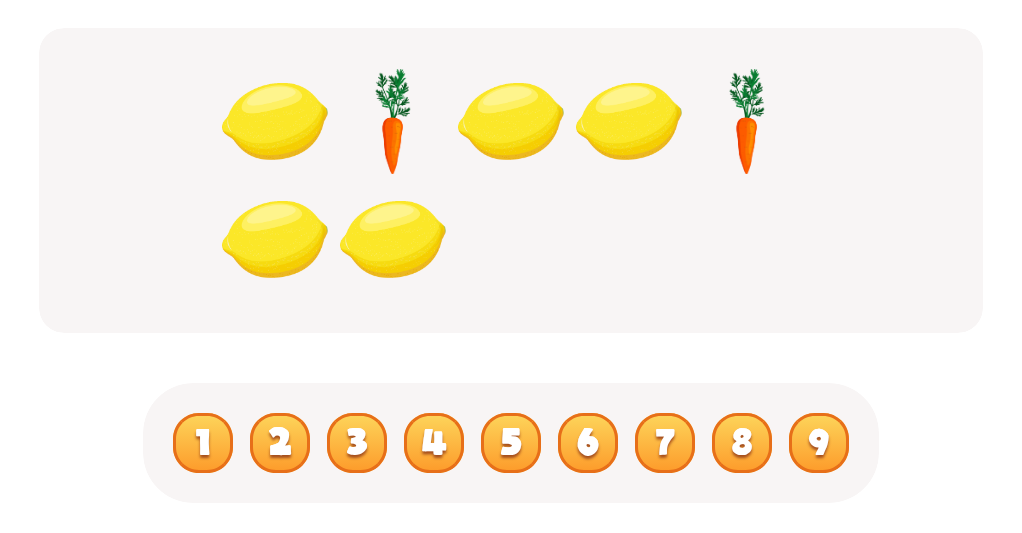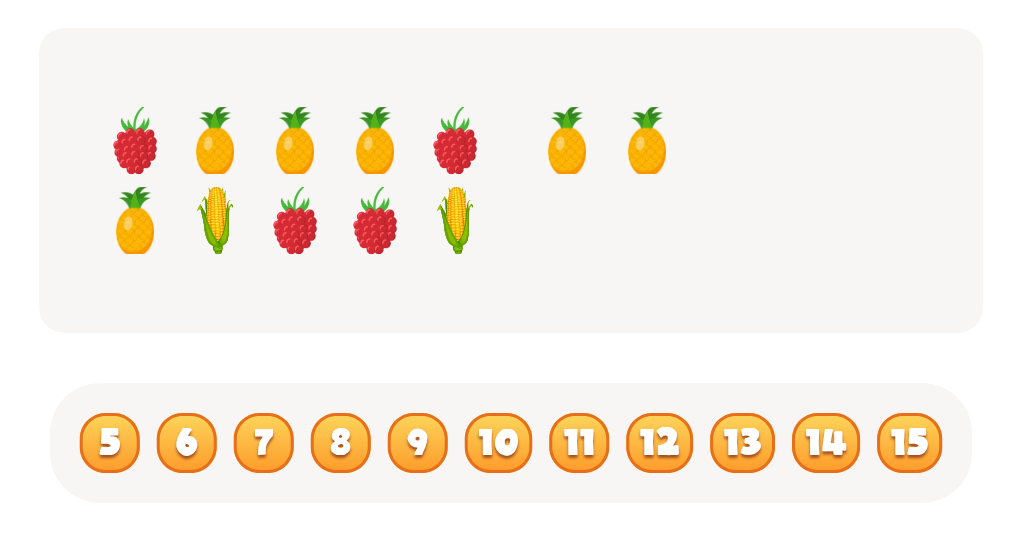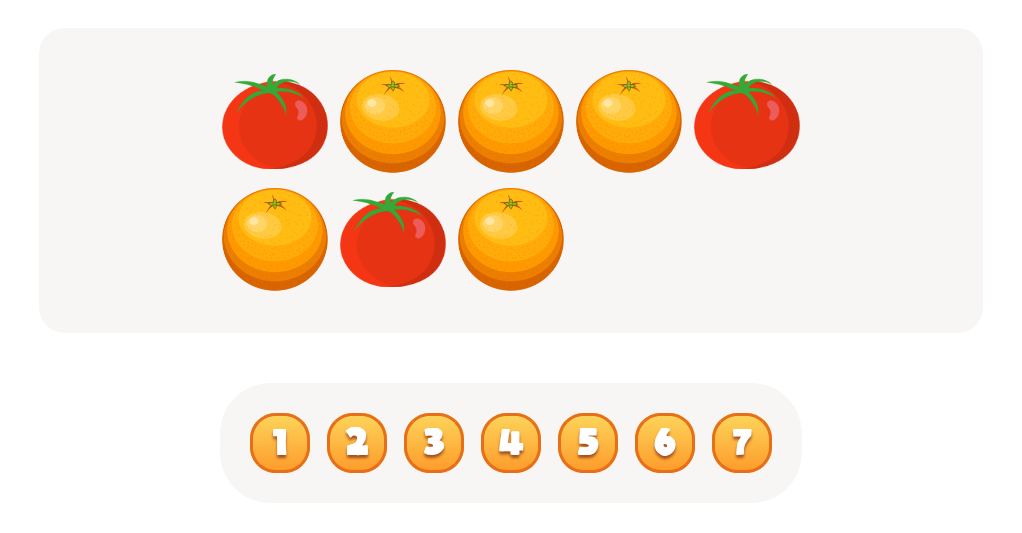Animal Classification Normal Plants and Animals Worksheets for Ages 6-9
6 filtered results
-
From - To
Discover the exciting world of animal classification with our engaging worksheets designed for children ages 6-9! These printable resources help young learners recognize different animals and their groups, enhancing their understanding of biodiversity. Our activities promote critical thinking and observational skills as kids explore the characteristics of various species. They’ll also learn how to categorize animals based on traits such as habitats, diets, and physical features. Perfect for home or classroom use, these worksheets provide a fun and interactive way to build a strong foundation in science. Encourage curiosity and foster a love for nature with our animal classification worksheets today!
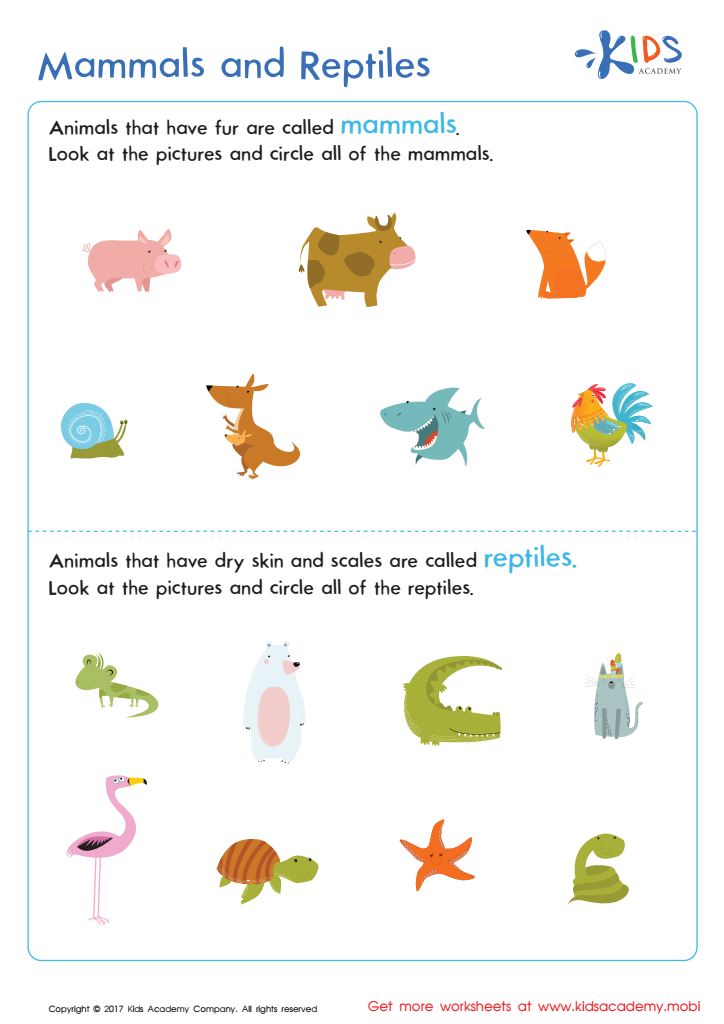

Mammals and Reptiles Worksheet
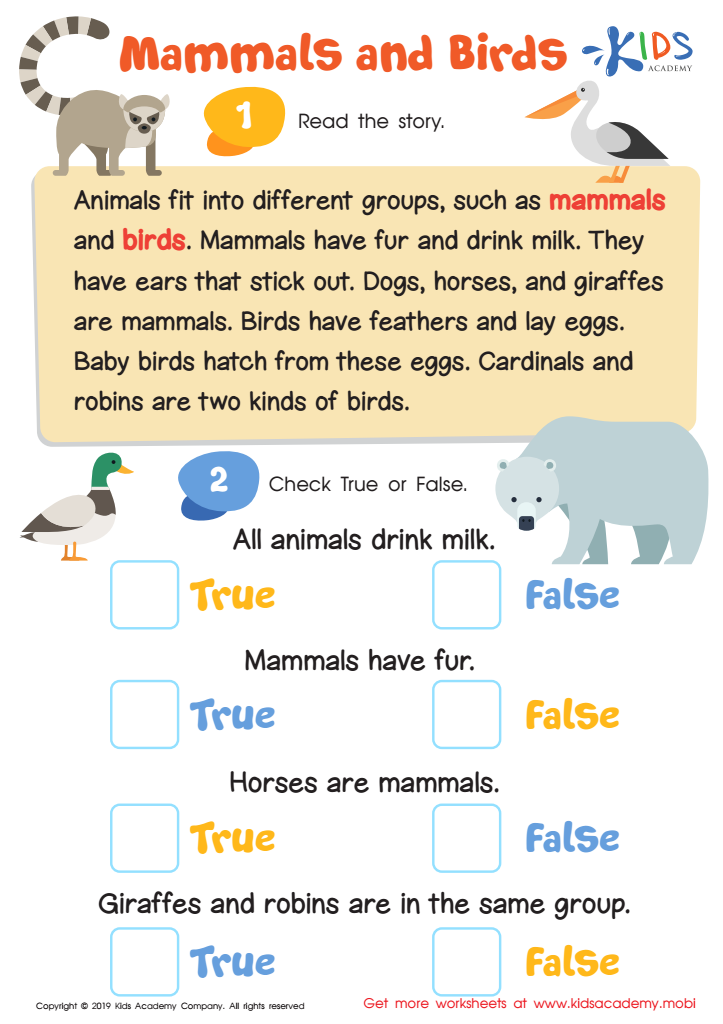

Mammals and Birds Worksheet
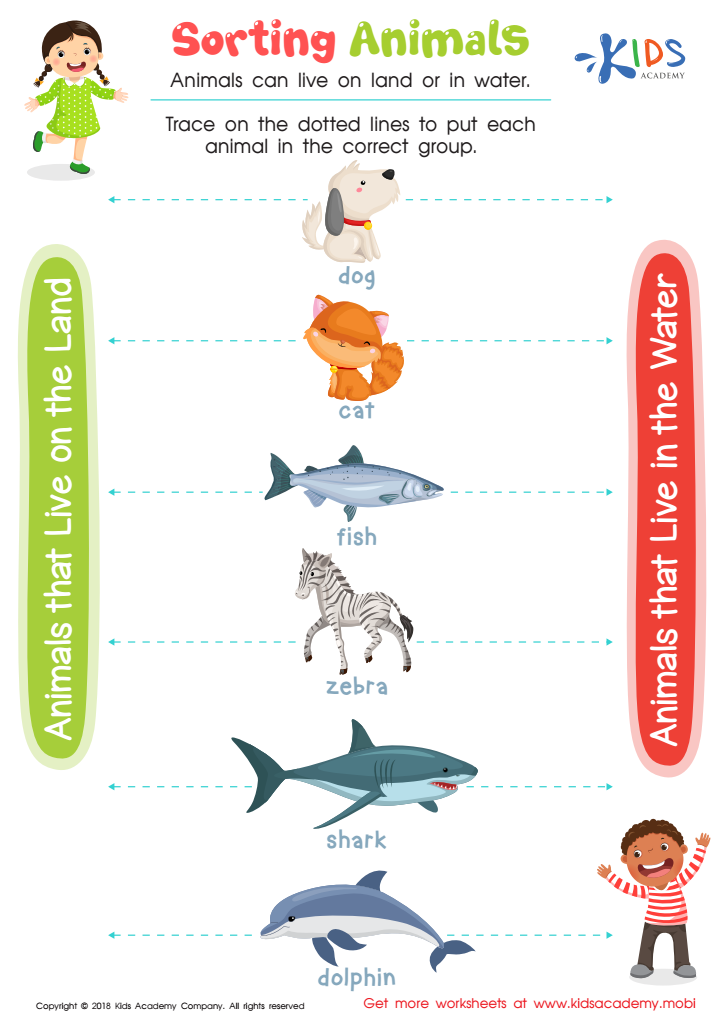

Sorting Animals Worksheet
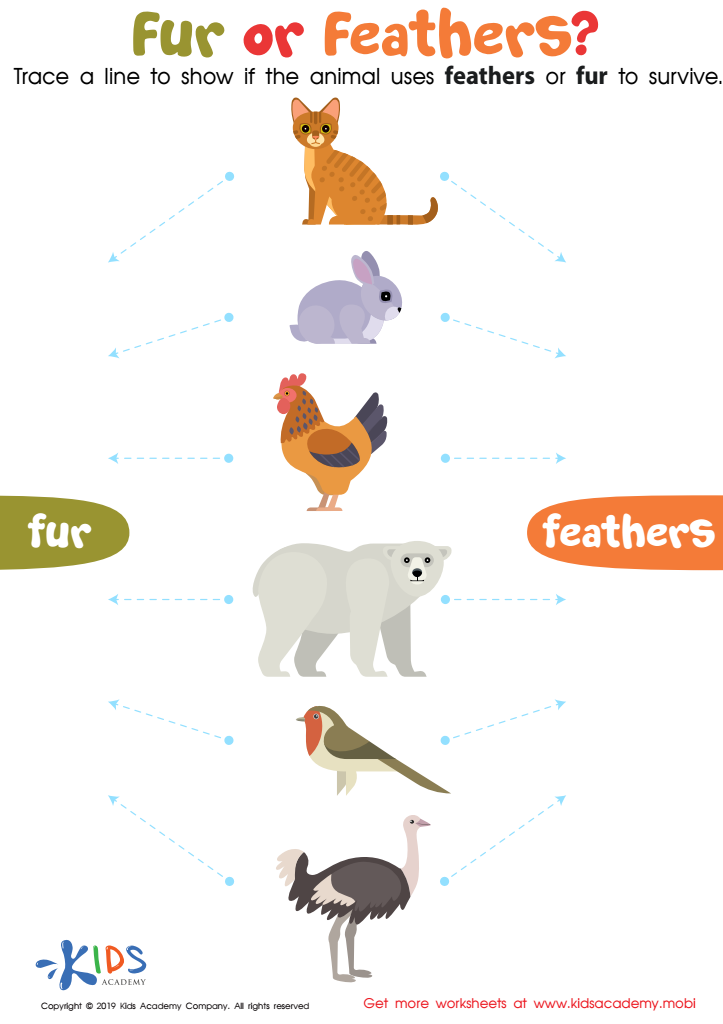

Fur or Feathers? Worksheet
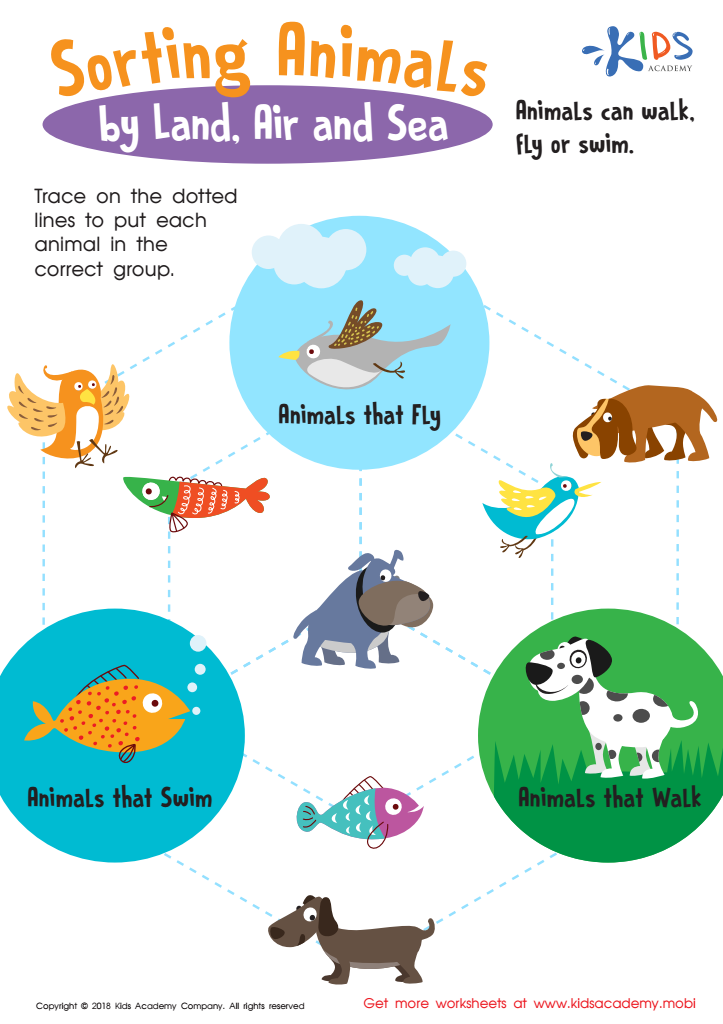

Sorting Animals by Land, Air and Sea Worksheet
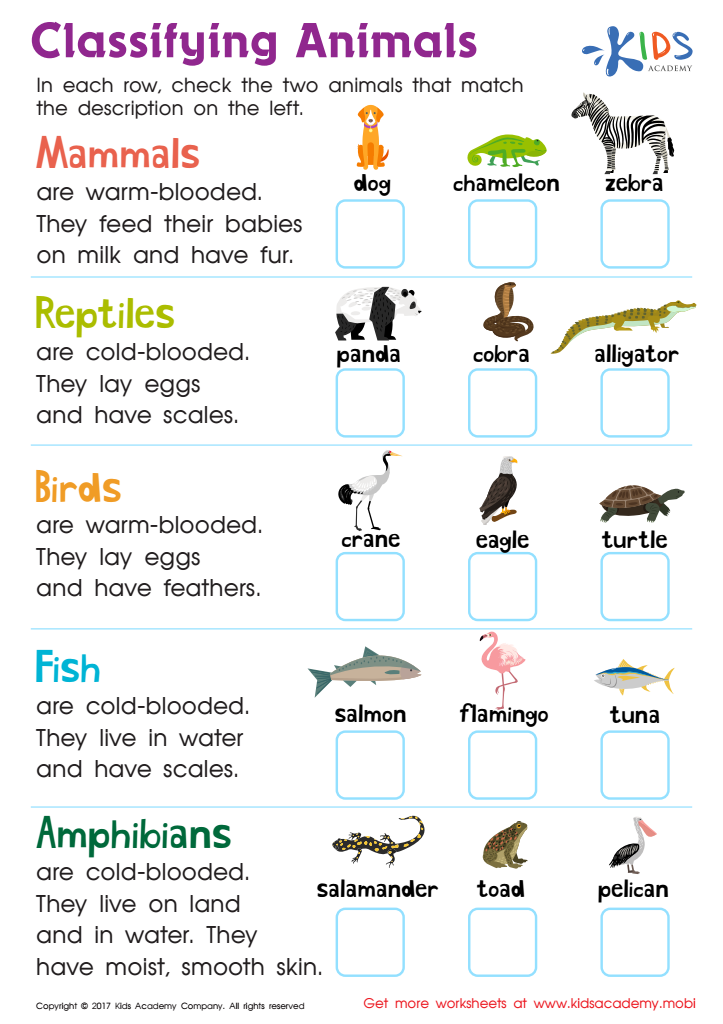

Classifying Animals Worksheet
Parents and teachers should prioritize understanding animal classification for children aged 6-9 because it lays the foundation for broader scientific literacy and fosters a sense of curiosity about the natural world. At this age, children are naturally inquisitive and ready to learn about the diversity of life surrounding them. Introducing the concept of classification helps them make sense of this complexity by grouping living organisms according to shared characteristics.
Learning about animals—such as mammals, birds, reptiles, and amphibians—encourages children to appreciate biodiversity and understand ecological relationships. It also supports critical thinking skills as they make observations, categorize species, and appreciate differences and similarities. Furthermore, knowledge of classification can enhance vocabulary and spark an interest in other scientific fields, such as environmental science and conservation.
Engaging children in this topic like visiting a zoo or doing classroom projects can deepen their bonds with nature, instilling a sense of responsibility toward the environment. This knowledge equips them with essential skills for their future studies and fosters respect and empathy for all living beings. Thus, animal classification is not merely an educational topic—it's a crucial life lesson in responsibility, curiosity, and discovery.
 Assign to My Students
Assign to My Students
